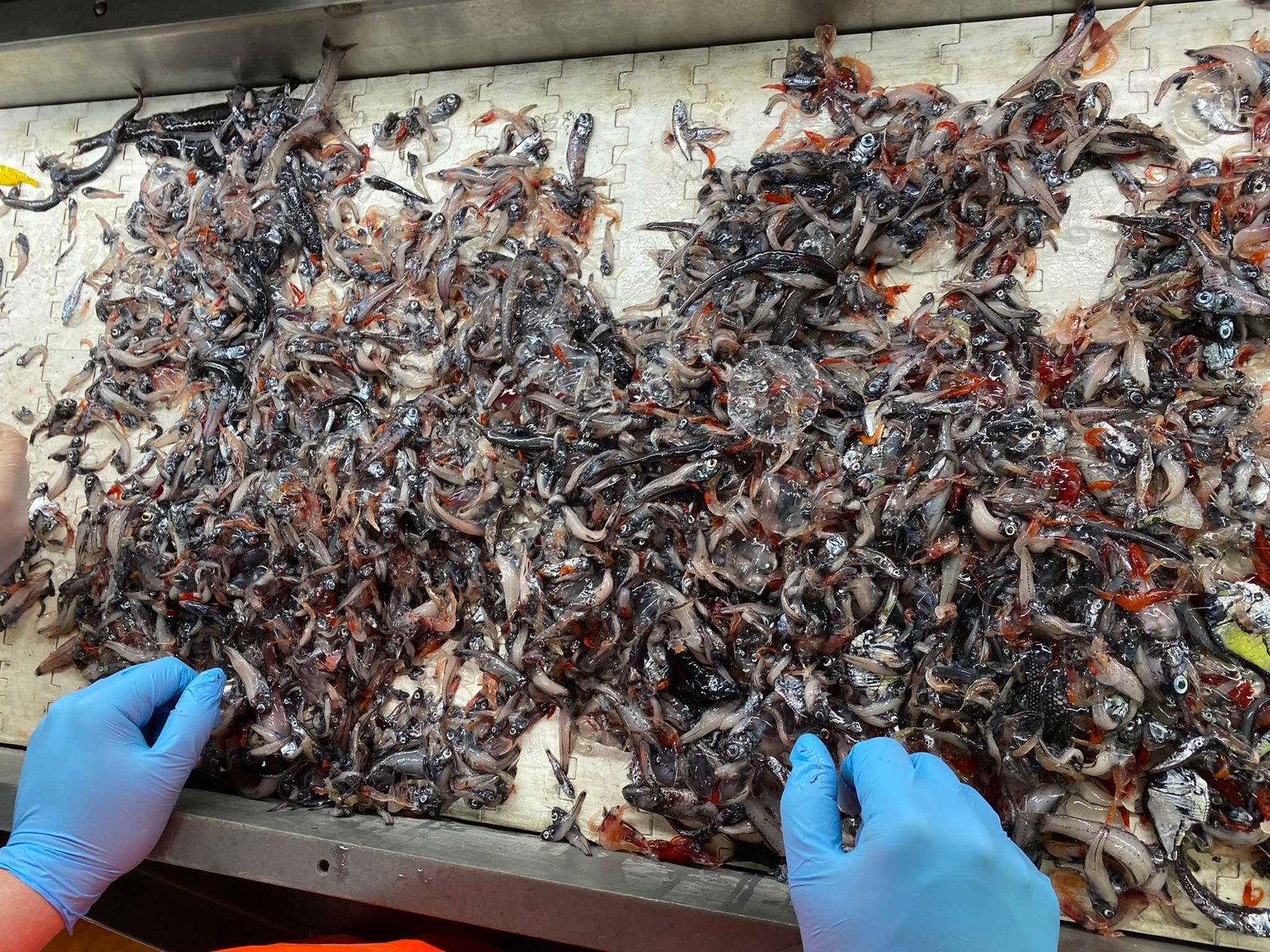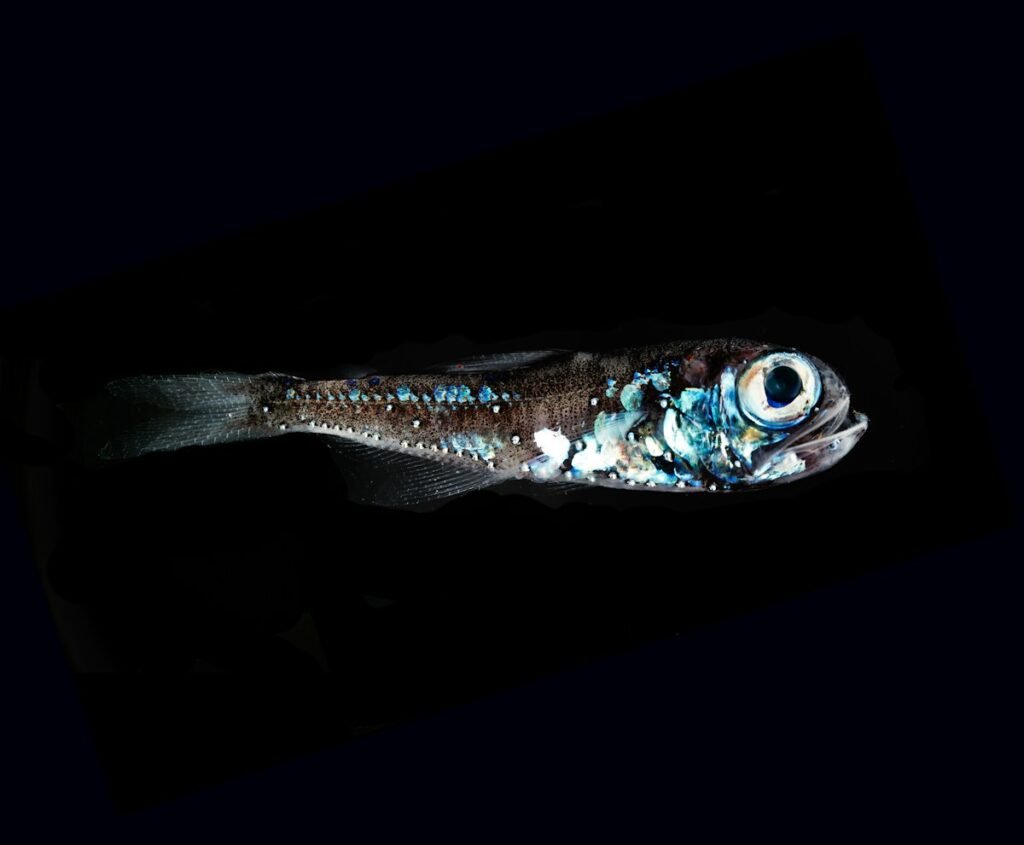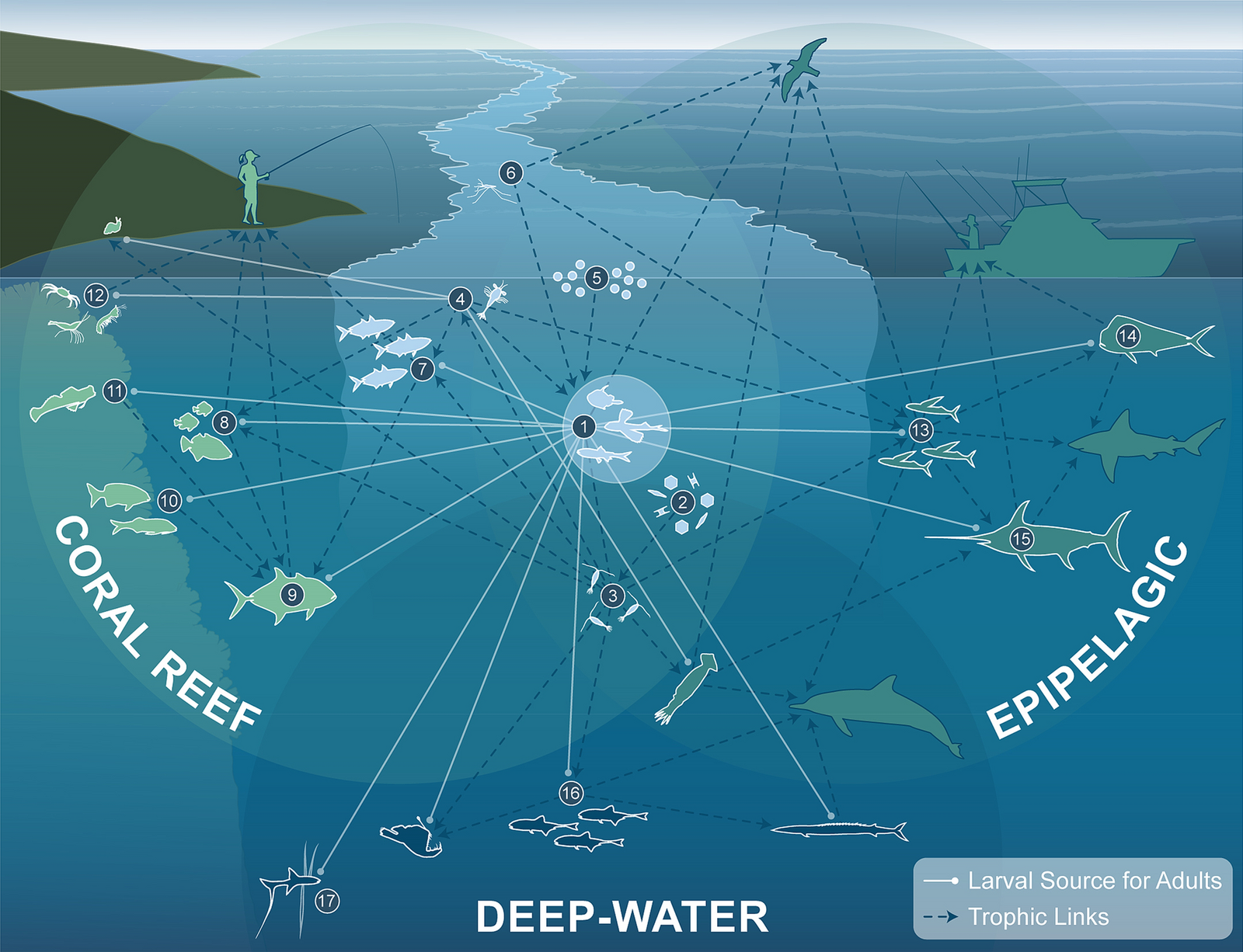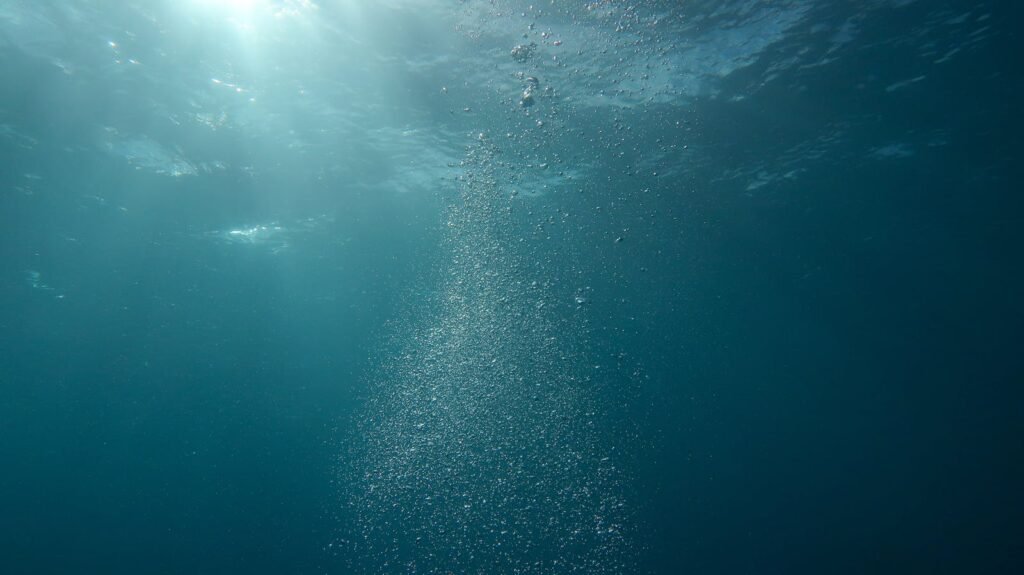Imagine an underwater world where tiny creatures hold the fate of the planet’s carbon cycles in their delicate fins. Beneath the ocean’s surface, in the shadowy twilight zone, armies of shimmering lanternfish rise and fall like silent, living elevators. These humble fish, often overlooked and unknown, are secret heroes in the grand story of Earth’s climate and ocean health. Their nightly migrations and mysterious habits are not just a spectacle of nature, but a crucial force that drives the movement of carbon and nutrients across the vast, layered ocean depths. What if the key to the ocean’s ability to absorb carbon and support life lies in the flicker of a lanternfish’s glow?
The Lanternfish: Small Fish, Big Impact

Lanternfish may be small—most are barely longer than a finger—but they are among the most abundant vertebrates on the planet. Their silvery bodies shimmer with bioluminescent organs, which help them blend in with the faint light filtering from above. Despite their size, lanternfish populations are estimated in the trillions, forming a massive living biomass that far outweighs many other marine species combined. Their sheer numbers mean that when they move, they move the ocean itself—in ways most people never imagine. Lanternfish act as a bridge between the sunlit surface and the dark, deeper waters, linking the upper and lower ocean ecosystems with every journey they make.
Masters of the Midnight Migration

Every night, as darkness swallows the sea, lanternfish embark on the world’s largest migration by biomass. Millions of these fish swim from the ocean’s depths up toward the surface, seeking food under the cover of night. This daily vertical migration covers hundreds of meters and is driven by both hunger and the need to avoid predators. As dawn breaks, the lanternfish slip back into deeper, safer waters. This nightly commute is not just about survival—it’s a massive transport system that moves nutrients and carbon from the surface to the deep ocean, shaping the chemistry and biology of the entire marine world.
Bioluminescence: The Language of Light

Lanternfish are named for their glowing organs, called photophores, which decorate their bodies in complex patterns. This bioluminescence is more than just a dazzling display; it is a vital adaptation. The light helps lanternfish camouflage themselves from predators lurking below—a trick known as counter-illumination. By matching the faint glow of sunlight from above, they erase their own shadows and become nearly invisible. In addition, these lights may play a role in communication and species recognition, helping lanternfish find mates in the vast, dark ocean. This glowing language is a perfect example of nature’s ingenuity in the struggle to survive.
The Carbon Conveyor Belt

What makes lanternfish truly extraordinary is their role in the ocean’s carbon cycle. When they feed near the surface, they consume plankton and other small organisms that have absorbed carbon dioxide from the air. Later, as they return to the deep, lanternfish digest this food and release waste—rich in carbon—far below the surface. This process is known as the biological pump. By transporting carbon to greater depths, lanternfish help lock away greenhouse gases and regulate the Earth’s climate. Their nightly journeys are a natural conveyor belt, shuttling nutrients and carbon into the ocean’s hidden reservoirs.
Feeding Habits and Food Web Connections

Lanternfish are not picky eaters. Their diet consists mainly of zooplankton, tiny crustaceans, and small fish. Because they feed near the surface at night, they take advantage of the ocean’s richest food supplies. In turn, lanternfish themselves are a vital food source for larger predators, including squid, whales, and bigger fish like tuna. This makes them a central link in the oceanic food web, transferring energy and nutrients between layers of the sea. The health of countless marine species depends, directly or indirectly, on the daily routines of lanternfish.
Nutrient Cycling and Ocean Health
The movement of lanternfish up and down the water column isn’t just about carbon. Their migrations also help stir and mix nutrients throughout the ocean, especially in the twilight and midnight zones where sunlight never reaches. By releasing waste products and shedding skin cells, lanternfish enrich the deep ocean with essential elements like nitrogen and phosphorus. These nutrients support the growth of deep-sea bacteria and other organisms that would otherwise struggle to survive. In this way, lanternfish are silent gardeners, fertilizing the hidden fields of the ocean’s great depths.
Adapting to the Abyss
Life in the deep ocean is a constant challenge. Lanternfish have evolved remarkable adaptations to survive in this extreme environment. Their bodies are built to withstand intense pressure and cold temperatures. They have large, sensitive eyes that help them spot the faintest glimmers of light, and their streamlined shapes make them efficient swimmers during their nightly migrations. These adaptations not only help lanternfish thrive but also allow them to fulfill their essential ecological roles, moving carbon and nutrients where they are needed most.
Climate Change and the Future of Lanternfish

As the climate warms and oceans change, the delicate balance of the lanternfish world is under threat. Shifts in water temperature, oxygen levels, and food availability could disrupt their migration patterns and reduce their populations. Such changes would have ripple effects throughout the marine ecosystem—potentially weakening the ocean’s ability to absorb carbon and support diverse life. Studying lanternfish gives scientists vital clues about how climate change is affecting the ocean from the surface to its deepest realms.
Human Curiosity and Technological Discoveries

Scientists have only recently begun to understand the true scale and importance of lanternfish. Using advanced tools like deep-sea submersibles, sonar, and underwater cameras, researchers have uncovered the vast swarms of lanternfish that fill the ocean’s twilight zone. These technologies allow us to witness their migrations in real time and to measure their impact on the movement of nutrients and carbon. Each new discovery opens our eyes to the complexity and beauty of life beneath the waves, reminding us that the ocean holds many more secrets waiting to be revealed.
The Ripple Effect: Why Lanternfish Matter

The story of lanternfish is a powerful reminder that even the smallest creatures can play outsized roles in Earth’s natural systems. By transporting carbon and nutrients across ocean depths, lanternfish help sustain life far beyond their own tiny bodies. Their nightly migrations link the surface and the deep, the visible and the hidden, in a delicate dance that supports the health of the entire planet. Next time you gaze at the ocean, consider the billions of lanternfish flickering in the darkness below—quietly shaping the world in ways we are only just beginning to understand.



